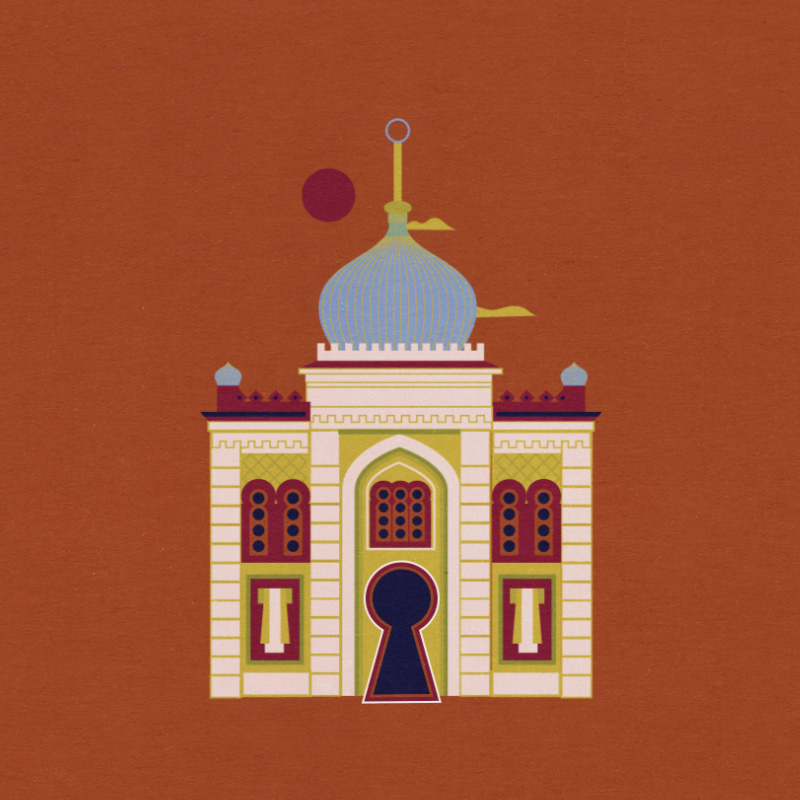The Karaites in Lithuania: Kenesas, Karaism, Kibinai
> BACK TO 100 STORIESThe Karaites are one of the oldest and smallest religious communities in Lithuania. According to the 2011 census data, there were only about 250 Karaites in Lithuania. To compare: there are about 600 students in a medium-sized Lithuanian secondary school. So all Lithuanian Karaites would not even half fill the school!
The Karaites settled in the Grand Duchy of Lithuania (GDL), where people of different nationalities and religious communities lived peacefully together, in the fourteenth century. After his quest in 1397 to the steppes of the Golden Horde (a semi-nomadic Mongol state), Vytautas the Great invited almost 400 Karaite families and settled them in Trakai. Why did Vytautas decide that the Karaites were needed in the GDL? It is believed that he admired their military skills and summoned them to help him defend against his enemies. There are still many restaurants and cafes in Trakai, where you can try the traditional Karaite dish kibinas – puff pastry or yeast dough pastry with chopped lamb.
The religion of the Karaites is called Karaism. It derives from Judaism in Mesopotamia (the territory of present-day Iraq). The only scripture for believers in Karaism is the Old Testament. Today, people who consider themselves Karaites are not only those who profess Karaism, but also those who are related ethnically – by origin. For example, Lithuanian Karaites are united by religion, ethnicity and language – the Karaite language belongs to a subgroup of Western Turkic languages.
Karaite houses of worship are called kenesas. Kenesas are usually small and square, one or two storeys high, and sometimes have a turret. Their walls and ceilings are decorated with plants or abstract patterns, because depictions of people and animals are prohibited. The windows are decorated with stained glass. Kenesas usually have several worship halls and an altar. Men and women pray in separate rooms. The rites are performed by a cantor called a hazzan. Karaites are a small community, so there aren’t many Kenesas – there are about 30 of them around the world. There are two in Lithuania – one in Trakai and another one in Vilnius. Worship takes place in both of them and both are protected by the state because of their architectural value.
The first kenesa built in Trakai in the fifteenth century did not survive, but the current Trakai kenesa was built on the same site in 1825. It has the traditional features of Lithuanian folk architecture: a small rectangular wooden building with plastered walls. A distinctive interior detail is the octagonal dome-shaped ceiling painted in blue. The second Lithuanian kenesa, located in Žvėrynas, Vilnius, is more architecturally interesting. The oriental, or Moorish-style, building looks quite exotic: the windows and the niche are surrounded by tapering arches, it has many decorative elements, and an onion-shaped dome. During the years of the Soviet occupation, this kenesa, like other houses of worship, was used for different purposes: it housed businesses, dance parties, the archives of the Geodetic Service, and there were people living on the second floor. The Kenesa of Žvėrynas was returned to the Karaite religious community in 1989 and reconsecrated in 1993.

